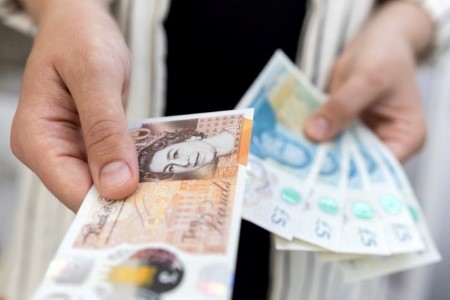HOUSTON, Dec 26 – Oil climbed more than 2% on Tuesday to its highest level this month, as further attacks on ships in the Red Sea prompted fears of shipping disruptions and on hopes of interest rate cuts that could boost economic growth and fuel demand.
Brent crude futures settled USD 2, or 2.5%, higher at USD 81.07 a barrel, after rising as much as 3.4% during the session. US West Texas Intermediate crude rose by USD 2.01, or 2.7%, to USD 75.57.
The rally, in thin trade with some markets closed for holidays, added to last week’s gains of about 3% after Houthi attacks on ships worried investors and as the violence in Gaza showed no sign of easing.
“There’s plenty of geopolitical tensions today in terms of the Middle East … and it has given some angst here to the security of the transit of oil and other goods,” said John Kilduff, partner with Again Capital LLC.
Yemen’s Iran-backed Houthi militia claimed responsibility for a missile attack on Tuesday on a container ship in the Red Sea, and for an attempt to attack Israel with drones.
An Israeli minister on Tuesday hinted that the country had retaliated in Iraq, Yemen, and Iran for attacks carried out against it as the war with Hamas-led militants in the Gaza Strip widens to other areas of the region and the Palestinian death toll continues to climb.
Despite concern about the Middle East and the re-routing of ships, actual supply has not yet been affected.
Maersk on Sunday announced the restart of shipping routes through the Red Sea, while France’s CMA CGM is increasing the number of vessels traveling through the Suez Canal, easing concerns to some extent.
Shipping companies had stopped sending vessels through the Red Sea and imposed surcharges for re-routing ships. The Red Sea connects with the Suez Canal, a major shipping route used for about 12% of global trade.
“We have issues in the Red Sea, causing ships to go around the horn of Africa, adding to price and risk,” said Tim Snyder, economist at Matador Economics.
“This could turn out to be a not very good start to 2024.”
Meanwhile, Israel’s military chief, Herzi Halevi, said the war on Hamas in Gaza will likely go on for many months.
Oil also found support from expectations the Federal Reserve will cut interest rates next year. Lower interest rates cut consumer borrowing costs, which can boost economic growth and oil demand.
The dollar index edged lower on Tuesday, within sight of a five-month low of 101.42 struck on Friday. A softer greenback makes dollar-denominated oil less expensive for investors holding other currencies, boosting demand.
Traders’ bets that the central bank will deliver a rate cut of at least 25 basis points in March 2024 stand at 86%, compared with about 21% in November, according to the CME Group’s FedWatch tool.
US crude stockpiles were expected to have fallen by about 2.6 million barrels in the week to Dec. 22., while distillate and gasoline inventories likely rose, a preliminary Reuters poll showed.
(Reporting by Arathy Somasekhar and Georgina McCartney in Houston, Alex Lawler and Florence Tan; Editing by David Goodman, Mark Porter, and Chizu Nomiyama)







 DOWNLOAD
DOWNLOAD











